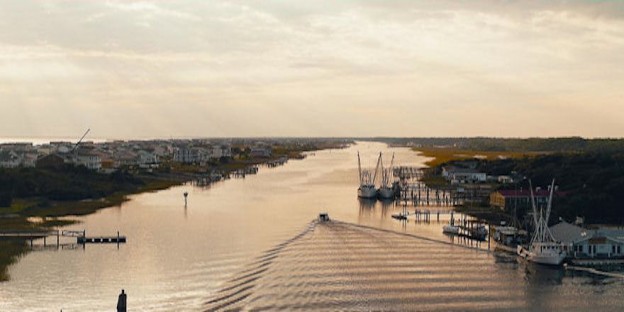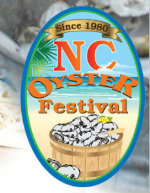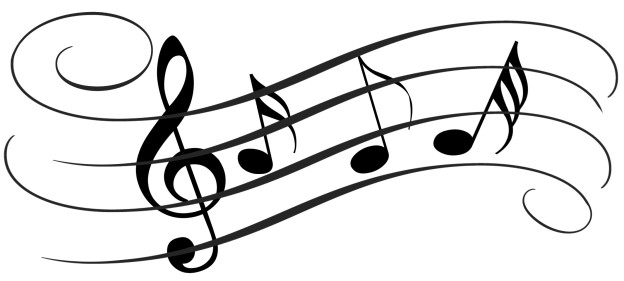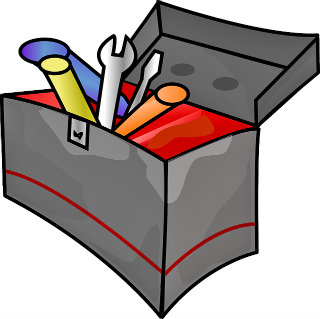Category: Information
Calendar of Events
Calendar of Events – 2025
Winter
NA
Spring
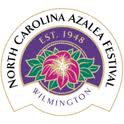
N.C. Azalea Festival
April 4th thru 6th
Wilmington
Wilmington has been celebrating Spring Southern Style since 1948. There’s something for everyone among their community’s rich array of artwork, gardens, history, and culture. This festival is considered one of the top events in the Southeast.
For more information » click here
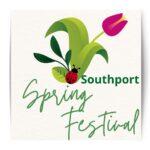
Southport Springfest
April 19th
Southport
Welcome Spring Easter weekend in style at the Southport Spring Festival, a tradition that started in 1996. This festival features a wide variety of activities.
For more information » click here
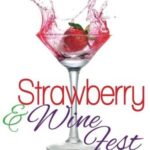
Strawberry & Wine Fest
April 27th
Sunset Beach
.
The Strawberry and Wine Festival, hosted by the Old Bridge Preservation Society since 2014. There will be wines available from Silver Coast Winery with strawberries as the main fare of the day. It’s a day of wine, food, entertainment, and craft vendors.
For more information » click here
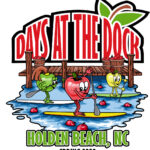
Days at the Docks Festival
April 26th & 27th
Holden Beach
The annual festival which started in the 1980’s occurs in April or May and is sponsored by the Greater Holden Beach Merchants Association. It’s the Holden Beach way to kick-off the Spring and start the vacation season. In addition to the food and arts & crafts, enjoy live music & entertainment, a horseshoe tournament and the world famous “Bopple Race”. Lots of activities for the entire family!
For more information » click here
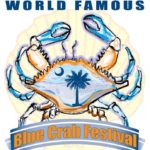
Blue Crab Festival
May 17th & 18th
Little River SC
.
Little River has been celebrating the World Famous Blue Crab Festival since 1981. It is held on the waterfront in Little River and is one of the largest festivals in the Southeast. The purpose of this festival is one that supports and showcases the fabulous atmosphere of the local communities.
For more information » click here
Summer

Conway Riverfest Celebration
June 28th
Conway SC
Held along the Waccamaw River in downtown Conway the festival celebrates Independence Day since 1980 with music and events for the entire family.
For more information » click here
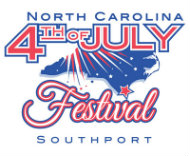
N.C. 4th of July Festival
July 4th
Southport
The patriotic spirit of America is alive and well in the City of Southport. For over 200 years this small maritime community has celebrated our nation’s independence in a big way. Incorporated as the N.C. 4th of July Festival in 1972 the festival committee strives to keep the focus of the festival on honoring our nation’s birthday with a little fun thrown in.
For more information » click here

Battleship Blast 4th of July Celebration
July 4th
Wilmington
.
.
Annual 4th of July Celebration at Riverfront Park in downtown Wilmington since 1981. Featured entertainment will perform from 6:00 PM to 9:00 PM, followed by fireworks at 9:05 PM launched from a barge in the Cape Fear River adjacent to the USS North Carolina Battleship. The only place you need to be this holiday is downtown Wilmington for the best view of fireworks.
For more information » click here
Fall
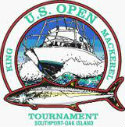
U.S. Open King Mackerel Fishing Tournament
October 2nd thru 4th
Southport
The U.S. Open King Mackerel Tournament has taken place since 1979 and is held annually the first week in October. The U.S. Open is one of the largest king mackerel tournaments on the East Coast and part of the SKA (Southern Kingfish Association) Tournament Trail. The tournament now attracts almost 400 boats annually.
For more information » click here
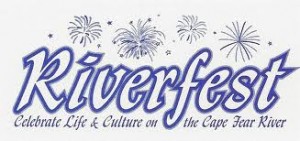
Riverfest
October 4th & 5th
Wilmington
.
.
Wilmington’s Riverfest is celebrated in October since 1979 and runs from the foot of Market Street to Cape Fear Community College over a half mile of free family entertainment.
For more information » click here

Sunset at Sunset
October 4th
Sunset Beach
Held the first Saturday in October each year, Sunset at Sunset is the Town of Sunset Beach’s Community Block Party. The annual autumn event has been celebrated since 2007, and is scheduled to happen again this year, in front of Ingram Planetarium on Sunset Boulevard in Sunset Beach.
For more information » click here
.
N.C. Oyster Festival
October 18th & 19th
Ocean Isle Beach
.
.
.
The annual North Carolina Oyster Festival has been taking place since 1978. Come celebrate everything Oyster with a variety of foods, crafts, contests, children’s activities, and musical performances at Mulberry Park in Shallotte. Signature Festival events include the Oyster Shucking Contest, Oyster Eating Contest, and Oyster Stew Cook-off.
For more information » click here

N.C. Festival by the Sea
October 25th & 26th
Holden Beach
Hosted by the Holden Beach Merchants Association this annual two-day festival which started in the 1980’s occurs on the last full weekend in October. The festival is kicked off with a parade down the Holden Beach causeway. There is a fishing tournament, horseshoe tournament, and a sandcastle building contest. Vendors provide food, arts and crafts, amusement rides and other activities. There is live musical entertainment both days at the Holden Beach’s Pavilion.
For more information » click here
 Discover a wide range of things to do in the Brunswick Islands for an experience that goes beyond the beach.
Discover a wide range of things to do in the Brunswick Islands for an experience that goes beyond the beach.
For more information » click here
Summer Concert Schedule
Approved Vendor List
A Second Helping
“A Second Helping”
Their food collections have now totaled more than two hundred and ninety-eight thousand (307,000) pounds of food since the program began in June of 2005. Hunger exists everywhere in this country; join them in the fight to help end hunger in Brunswick County.
Who
A Second Helping is a volunteer organization that does a transfer of food program and is beginning its twenty-first year this June.
What
It is a program to collect any leftover items from people as they leave the island. Food items are distributed to the needy of Brunswick County.
When
They take donations Saturday mornings (8:00am to 10:30am) during the summer, from Memorial Day through Labor Day.
Where
The drop-off site is at the Beach Mart, south end of the parking lot, on the Causeway just off Holden Beach Road.
Why
Your donations are put to good use in helping to feed the hungry in this area.
Ways to Give
You can either donate food or you can send cash donations. Cash donations are gratefully accepted. One hundred percent (100%) of these cash donations are used to buy more food. You can be assured that the money will be very well spent.
Mail Donations to:
A Second Helping
% Sharon United Methodist Church
2030 Holden Beach Road
Supply, NC 28462

